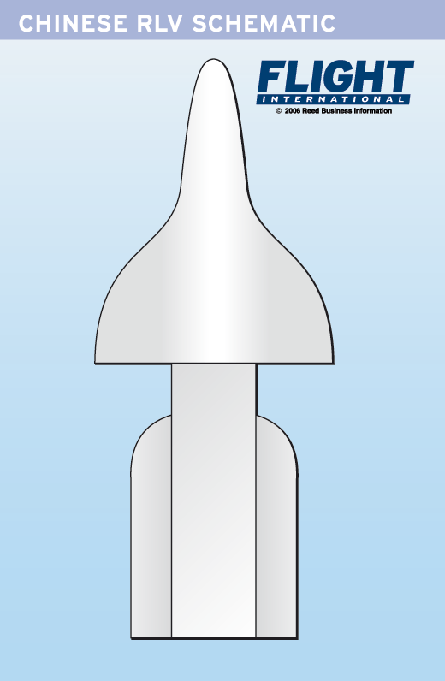China could develop a first-generation reusable launch vehicle (RLV) within 15 years, according to the China Academy of Launch Vehicle Technology (CALT). The institution, which develops launchers for China's space programme, unveiled its roadmap for RLVs at the International Astronautical Congress in Valencia, Spain earlier this month.
The roadmap envisages three generations of RLVs. The first is a partially reusable two-stage-to-orbit (TSTO) launcher the second is a fully reusable TSTO vehicle with vertical take-off and horizontal landing for the second stage and the third is a fully reusable aircraft-like single-stage-to-orbit vehicle with horizontal take-off and landing.
"We don't have an official schedule for the programme, but the first generation could be developed in 15 years," says CALT research and development centre manager Yong Yang. He says CALT expects to conduct a Mach 15 re-entry demonstration flight using a winged upper stage that will be launched to an altitude of 100km (62 miles). Another planned demonstration is an automatic flight and landing test to prove guidance, navigation and control systems. No dates have been provided for these tests.
In the short to medium term, meanwhile, China's strategy for launcher development involves cryogenic liquid oxygen/liquid hydrogen expendable launchers using a common booster architecture. The cryogenic propellants will replace the solid and other toxic fuels used in the country's existing expendable rockets.
 |
|---|
Source: Flight International
















